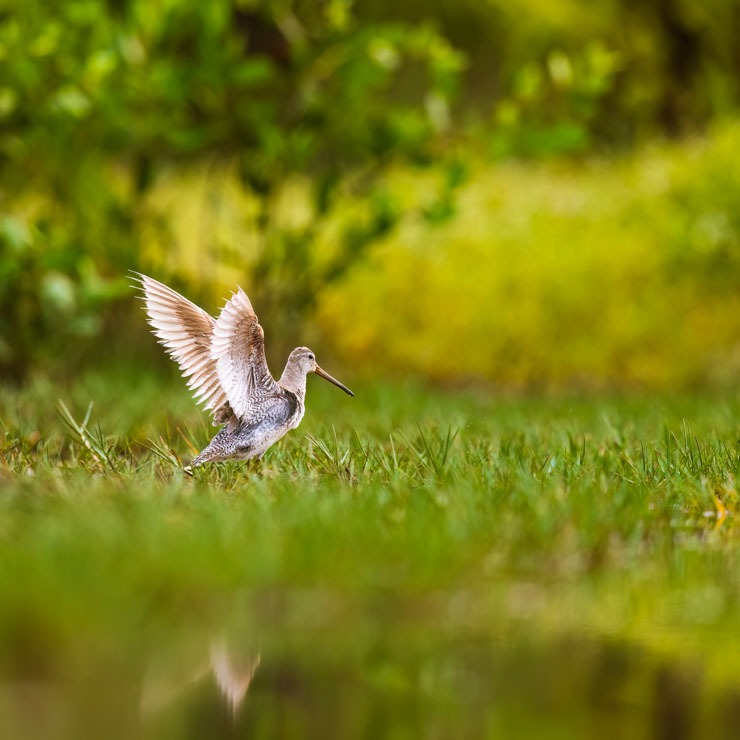
I don’t know how popular it is globally, but I love referring to shorebirds as “shorbs”. It is a consequence of how round they are, which accentuates their preexisting cuteness. They make good candidates for plush toys, they’re already the correct shape – and from a marketing perspective, one can make innumerable variations and editions of these plush toys: breeding, non-breeding, adult, juvenile, and so on. Each one marginally different from the next, but different nonetheless. Whoever takes this idea and acts upon it, you’re welcome, I’m already your biggest customer.
I’ve proselytised many people over the years turning them onto the spectacle of shorebird migration. In the hope that at the end of August each year more people feel the palpable excitement which bubbles over at the first “tiew tiew tiew” of freshly arrived yellowlegs. In my home country of T&T, however, I’ve noticed a growing number of photographers as opposed to birders and people who genuinely appreciate birds. Therefore there is a great infatuation with species whose images perform well on social media. Hummingbirds and birds of prey are particularly fawned over; our beloved shorbs are infrequently attended to within these islands save for a smattering of ardent birders scouring fields and mudflats for mud-coloured birds.
In this vein I have decided to pay homage to arguably my favourite family of birds with this post, showcasing a selection of shorebirds I photographed across both Trinidad and Tobago this migration season. I present them in (roughly) taxonomic order.
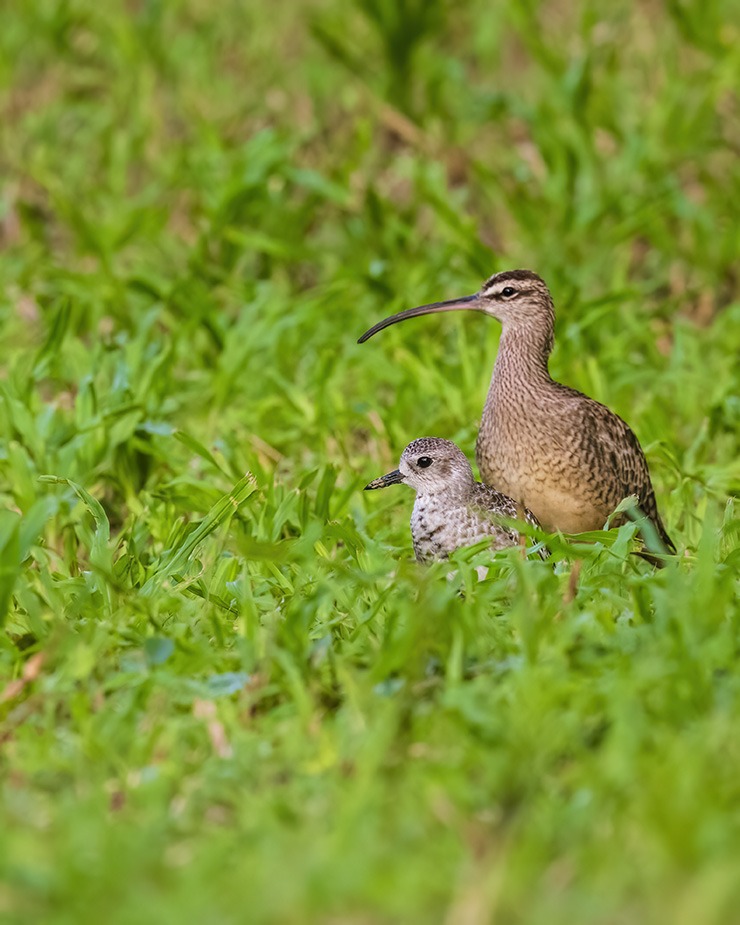
Black-bellied Plover, with a Hudsonian Whimbrel attachment.

American Golden-Plover

Hudsonian Whimbrel gets its own spotlight along with its freshly earned distinct species status.

This Short-billed Dowitcher seems to be partially leucistic or otherwise pale with very ragged feathers.
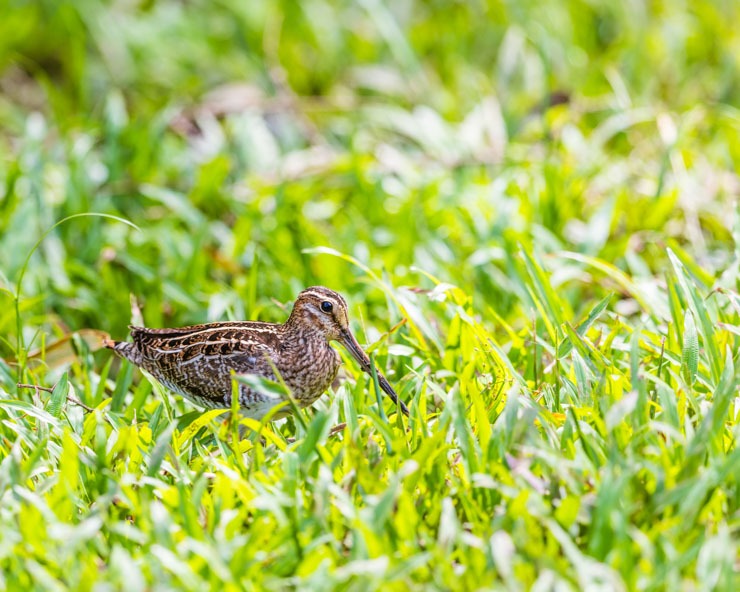
Wilson’s Snipe
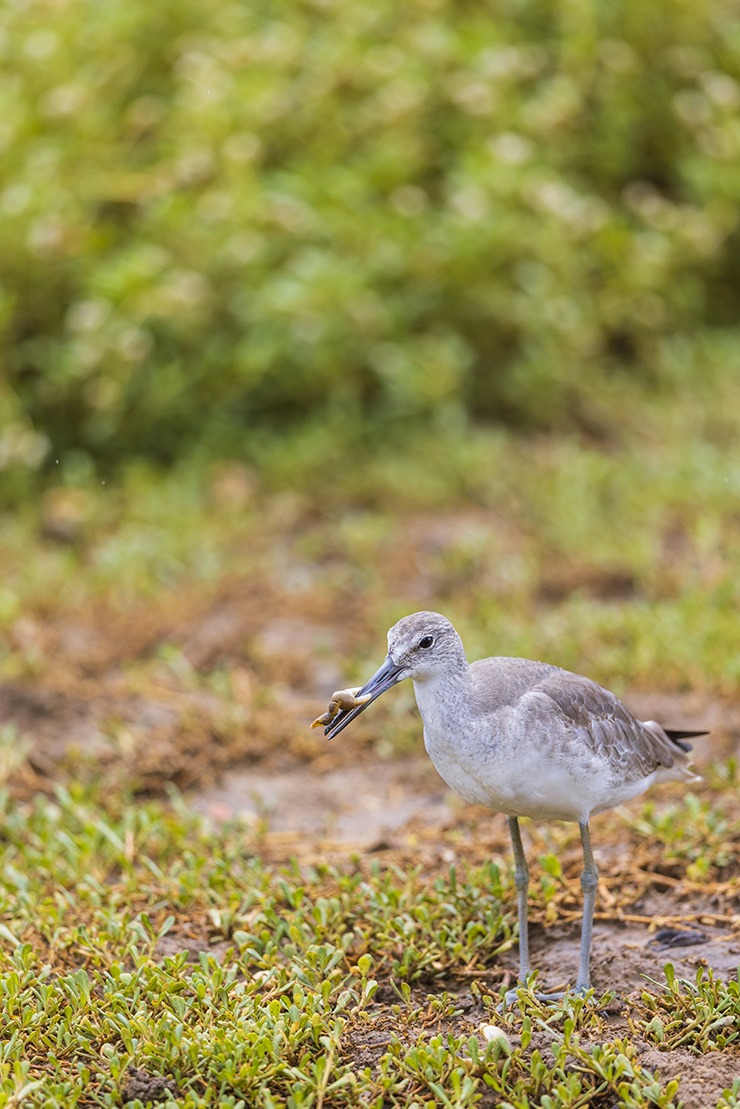
Willet

Greater Yellowlegs
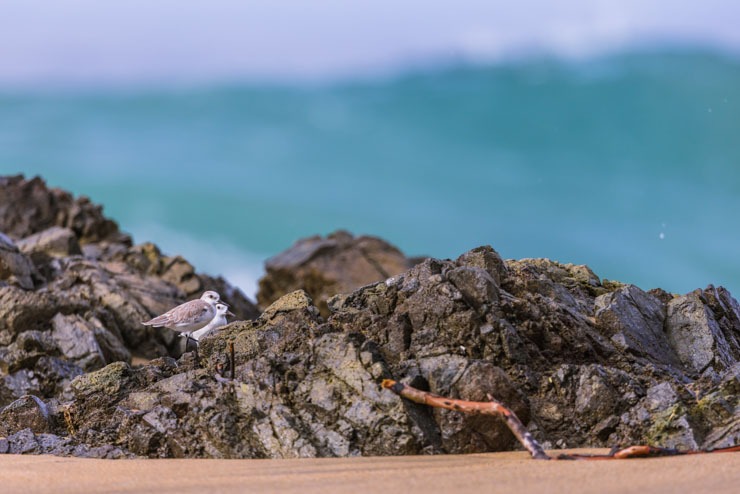
Sanderling
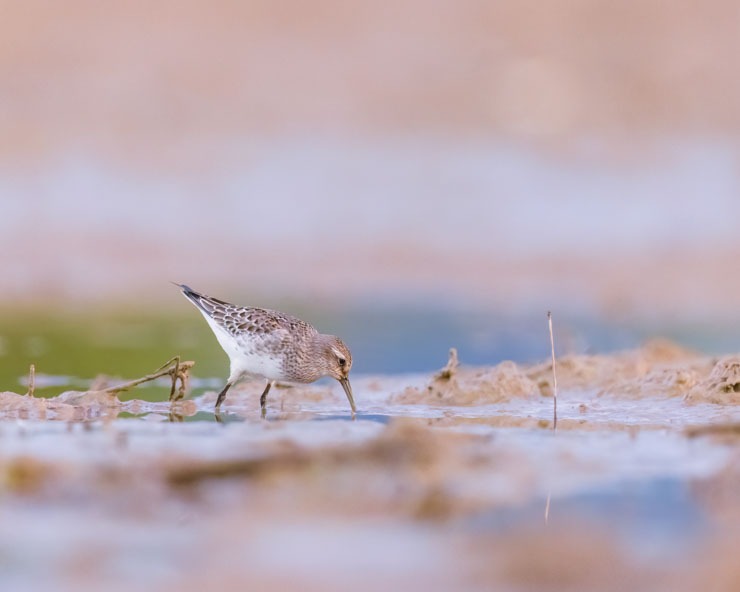
White-rumped Sandpiper

Least Sandpiper
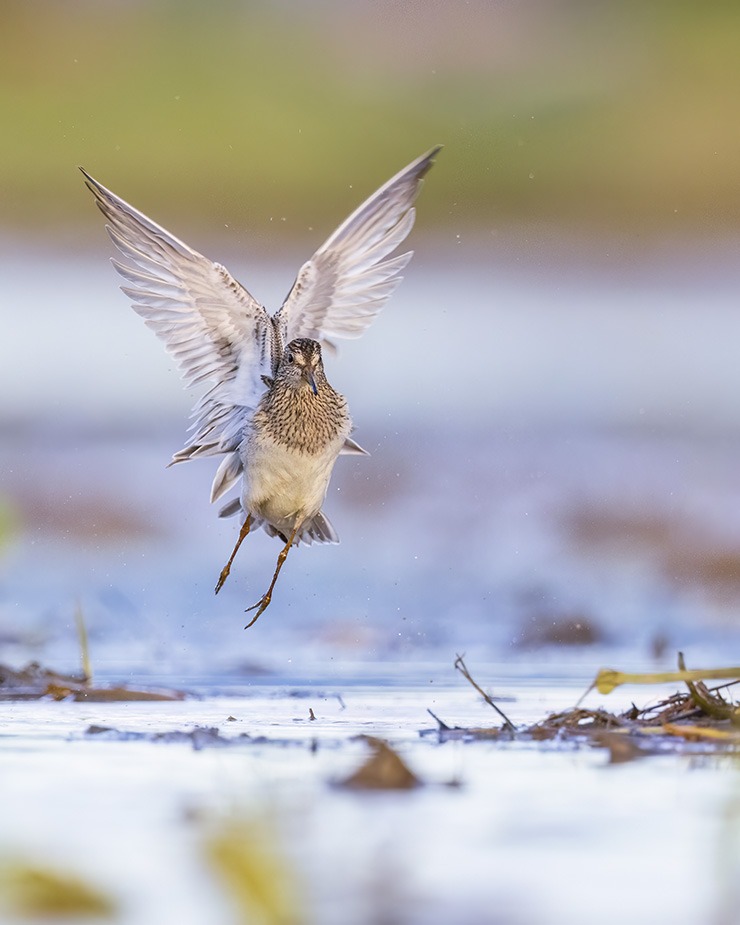
Pectoral Sandpiper

Semipalmated Sandpiper




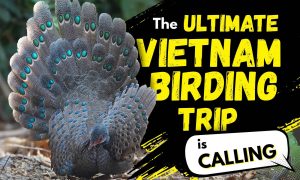

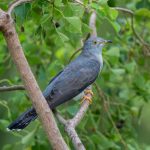
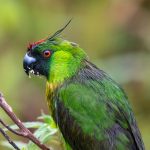



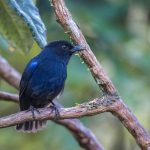
Leave a Comment